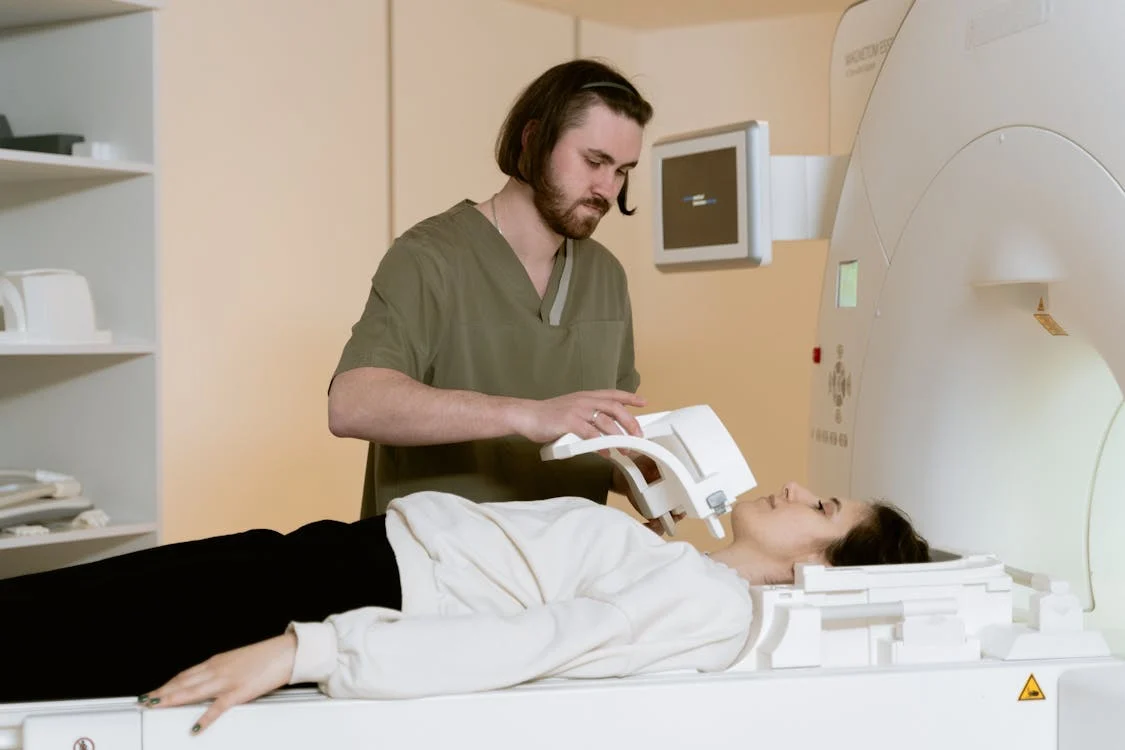In modern healthcare, medical imaging plays a crucial role, providing healthcare professionals with valuable insights into patients’ anatomy, physiology, and pathology. Today, learn more about the importance of medical imaging in healthcare and its significant impact on patient care and outcomes.
Accurate Diagnosis
Medical imaging facilitates accurate and timely diagnosis of various medical conditions. Modalities such as X-rays, CT scans, MRI scans, ultrasound, and PET scans allow healthcare professionals to visualize internal structures, aiding in the identification of abnormalities indicative of disease or injury. This enables physicians to make informed diagnostic decisions and develop appropriate treatment plans tailored to each patient’s unique needs.
Moreover, medical imaging helps differentiate between different conditions that may present similar symptoms, leading to more precise diagnoses. For example, in cases of abdominal pain, imaging studies can distinguish between gastrointestinal issues, such as appendicitis, and gynecological problems, such as ovarian cysts, guiding clinicians toward the most effective management strategies.
Advances in medical imaging technology, such as the development of contrast agents and functional imaging techniques, provide clinicians with valuable insights into tissue perfusion, metabolism, and cellular activity. These capabilities enhance diagnostic accuracy by enabling the detection of subtle abnormalities and the characterization of complex disease processes, further improving patient outcomes.
Guiding Treatment Planning
Medical imaging guides treatment planning and interventions across medical specialties. In oncology, imaging modalities like CT and MRI scans help professionals accurately stage cancer, assess tumor response to treatment, and guide radiation therapy or surgical resection. In cardiology, echocardiography and cardiac CT angiography help evaluate heart function, diagnose cardiovascular disease, and guide interventions such as angioplasty.
Furthermore, medical imaging centers aid in surgical planning and navigation, allowing surgeons to visualize the surgical site in real-time and target diseased tissues accurately. Whether performing minimally invasive procedures or complex surgeries, surgeons rely on imaging for precision and optimal outcomes.
Advancements in imaging technology, such as the integration of artificial intelligence and three-dimensional reconstruction software, enhance treatment planning capabilities. These tools enable clinicians to analyze imaging data more efficiently, simulate surgical procedures, and anticipate potential challenges, leading to safer and more effective interventions.
Monitoring Disease Progression
Medical imaging is vital in monitoring disease progression and treatment response over time. Follow-up imaging studies track changes in disease status, assess treatment effectiveness, and guide adjustments to the treatment plan. For instance, in cancer care, serial imaging detects recurrence, evaluates treatment response, and informs subsequent management decisions.
Medical imaging plays a crucial role in assessing the long-term effects of certain treatments and interventions. For patients undergoing joint replacement surgery, imaging allows clinicians to evaluate implant stability, detect signs of wear or loosening, and address any complications that may arise, ensuring optimal outcomes and patient satisfaction.
Enhancing Patient Safety and Comfort
In addition to its diagnostic and therapeutic benefits, an imaging center prioritizes patient safety and comfort. Advanced imaging systems minimize radiation exposure while maximizing image quality, ensuring the safety of both patients and healthcare professionals. Moreover, innovations in imaging equipment design and patient-centric approaches enhance the overall imaging experience, promoting comfort and reducing anxiety for patients undergoing diagnostic procedures.
Patient-centered initiatives, such as the availability of open MRI scanners and noise-reduction technologies, cater to individual preferences and needs, accommodating diverse patient populations, including children, elderly individuals, and individuals with claustrophobia or mobility issues. By fostering a supportive and inclusive imaging environment, healthcare providers optimize patient satisfaction and compliance, ultimately improving the quality of care delivery.
Emerging Technologies and Innovations
Advancements in medical imaging technologies continue to drive innovation in healthcare. From the development of high-resolution imaging techniques to the integration of artificial intelligence and machine learning algorithms, new tools enhance diagnostic accuracy, streamline workflows, and improve patient outcomes. Cutting-edge technologies like molecular imaging and functional MRI hold promise for personalized medicine and targeted therapies, ushering in a new era of precision healthcare.
Moreover, innovative imaging technologies enable clinicians to explore new avenues for research and discovery. By providing detailed insights into disease mechanisms and biological processes at the molecular level, advanced imaging techniques contribute to the development of novel treatments and therapies, ultimately benefiting patients worldwide.
Conclusion
Medical imaging is indispensable in modern healthcare, providing essential information for clinical decision-making and improving patient outcomes. From accurate diagnosis and treatment planning to monitoring disease progression, medical imaging enhances patient care at every stage. As imaging technologies advance, they will continue to play a crucial role in healthcare delivery, contributing to better outcomes and improved quality of life for patients globally.




